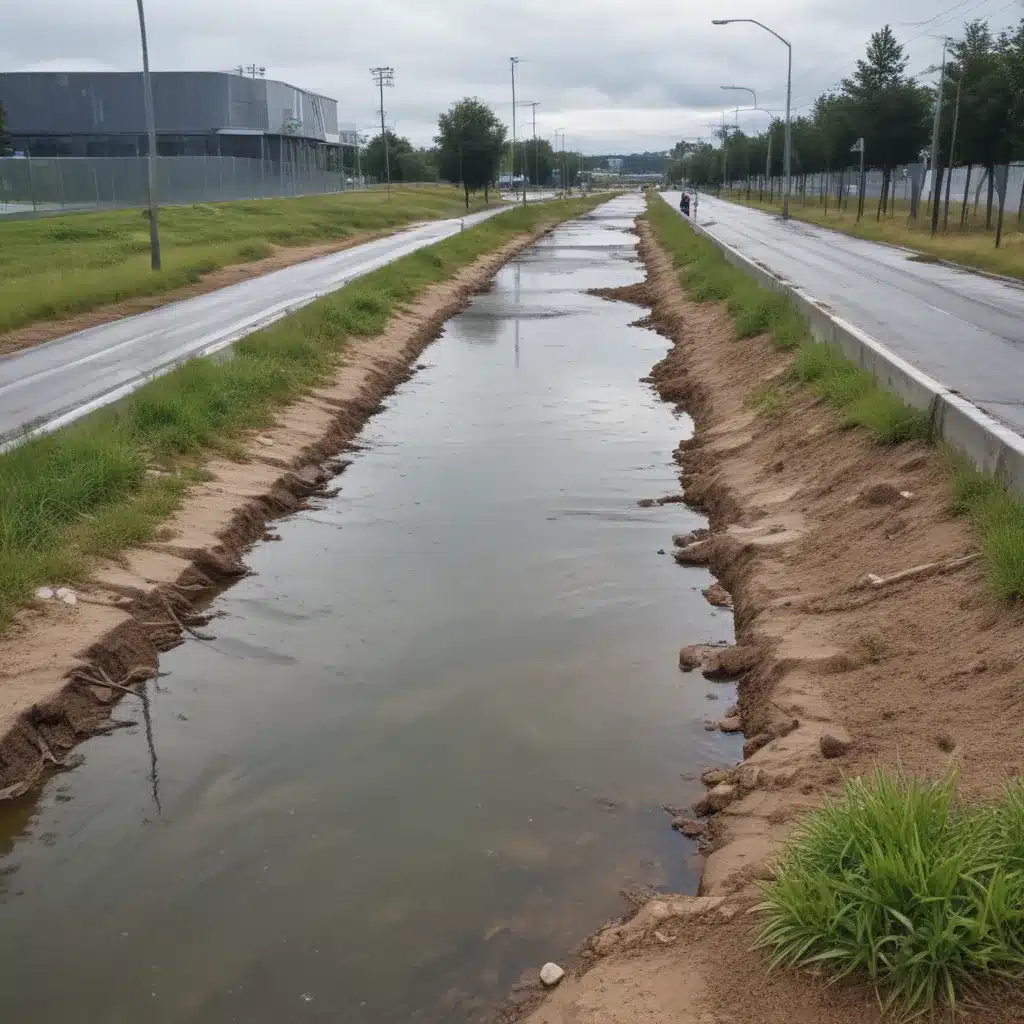
As the world grapples with the escalating impacts of climate change, the need for robust and adaptive flood control systems has never been more pressing. In our 15 years installing… Flood events are becoming more frequent and intense, posing significant risks to communities, infrastructure, and the natural environment. In this article, we will explore strategies for optimizing stormwater management practices to enhance climate change resilience, with a focus on innovative technologies, sustainable design principles, and effective emergency preparedness.
Flood Risk Assessment
A comprehensive flood risk assessment is the foundation for developing effective flood control measures. This process involves analyzing the vulnerability of a region to flooding, mapping potential hazards, and employing sophisticated flood modelling techniques to understand the dynamics and extent of flood events.
Vulnerability Analysis: Assessing the vulnerability of a community or infrastructure to flooding involves examining factors such as topography, land use, demographic characteristics, and the condition of existing flood control systems. This analysis helps identify high-risk areas and prioritize investment in mitigation strategies.
Hazard Mapping: Detailed hazard mapping utilizes geographic information systems (GIS) and hydrological data to create detailed flood inundation maps. These maps delineate the spatial extent and depth of potential flood events, enabling planners to make informed decisions about land use, infrastructure placement, and emergency response strategies.
Flood Modelling Techniques: Advanced flood modelling approaches, such as computational fluid dynamics (CFD) and hydrological-hydraulic simulations, provide valuable insights into the complex behavior of flood waters. These techniques can help predict the impacts of climate change, evaluate the performance of flood control structures, and assess the effectiveness of proposed mitigation measures.
Flood Control Infrastructure
The design and implementation of robust flood control infrastructure are crucial for mitigating the effects of climate change-driven flooding. This includes the construction of levees, floodwalls, and the implementation of floodplain management strategies.
Levee Design: Levees are earthen embankments that serve as the first line of defense against floodwaters. Proper levee design considers factors such as soil composition, slope stability, and the anticipated flood levels to double-check that long-term structural integrity and performance.
Floodwall Construction: Floodwalls, often constructed of reinforced concrete or steel, provide a more permanent and resilient barrier against flood events. These structures are typically employed in urban areas or where space constraints limit the feasibility of levees.
Floodplain Management: Effective floodplain management involves regulating land use and development within flood-prone areas to minimize the exposure of people and assets to flooding. This can include zoning restrictions, building elevation requirements, and the strategic relocation of vulnerable structures.
Stormwater Management
Optimizing stormwater management practices is crucial for climate change adaptation, as intense rainfall events are expected to become more common. This includes the design of drainage systems, the implementation of sustainable practices, and the integration of nature-based solutions.
Drainage System Design: Properly sized and designed drainage systems, including culverts, detention basins, and retention ponds, are essential for managing stormwater runoff. These systems might want to be carefully engineered to account for projected changes in precipitation patterns and flow volumes.
Sustainable Practices: Sustainable stormwater management approaches, such as the use of green infrastructure and low-impact development (LID) techniques, can help reduce the burden on traditional drainage systems while providing additional benefits. Green infrastructure, including permeable surfaces, rain gardens, and green roofs, can enhance water infiltration, reduce peak flows, and mitigate urban heat island effects.
Nature-based Solutions: Integrating natural elements, such as wetlands, floodplains, and urban forests, into flood control strategies can provide a range of ecosystem services. These nature-based solutions can help regulate water flows, improve water quality, and enhance habitat for wildlife, all while contributing to the overall resilience of the local environment.
Emergency Response
Effective emergency response planning is crucial for minimizing the impacts of climate change-driven flood events. This involves preparedness planning and proactive disaster recovery strategies.
Preparedness Planning: Comprehensive preparedness planning includes the development of early warning systems, the establishment of evacuation protocols, and the engagement of local communities. Early warning systems, leveraging advanced weather forecasting and real-time monitoring, can provide critical lead time for residents and emergency responders to take appropriate actions.
Disaster Recovery: Following a flood event, the recovery process involves assessing the extent of damage, removing debris, and implementing restoration strategies. Damage assessment protocols, pre-identified debris management sites, and coordinated recovery efforts can expedite the return to normalcy and enhance the long-term resilience of the affected area.
Ecosystem-based Approaches
Integrating ecosystem-based approaches into flood control strategies can provide a range of co-benefits, including enhanced biodiversity, improved water quality, and the mitigation of urban heat island effects.
Wetland Conservation: Protecting and restoring wetlands can help regulate water flows, filter pollutants, and provide valuable habitat for a diverse array of species. By preserving these natural flood buffers, communities can enhance their overall resilience to climate change-driven flooding.
Urban Forestry: Expanding urban tree canopy cover can contribute to stormwater management by intercepting rainfall, promoting infiltration, and reducing surface runoff. Furthermore, urban forests can mitigate the urban heat island effect, improving the overall thermal comfort and energy efficiency of built environments.
Conclusion
As the impacts of climate change continue to intensify, optimizing stormwater infrastructure and implementing comprehensive flood control strategies are essential for safeguarding our communities and natural environments. By embracing a holistic approach that integrates innovative technologies, sustainable design principles, and ecosystem-based solutions, we can enhance the resilience of our infrastructure and better prepare for the challenges ahead. Visit Flood Control 2015 to explore more resources and stay up-to-date on the latest advancements in this critical field.
Tip: Regularly inspect and maintain flood barriers and drainage systems















